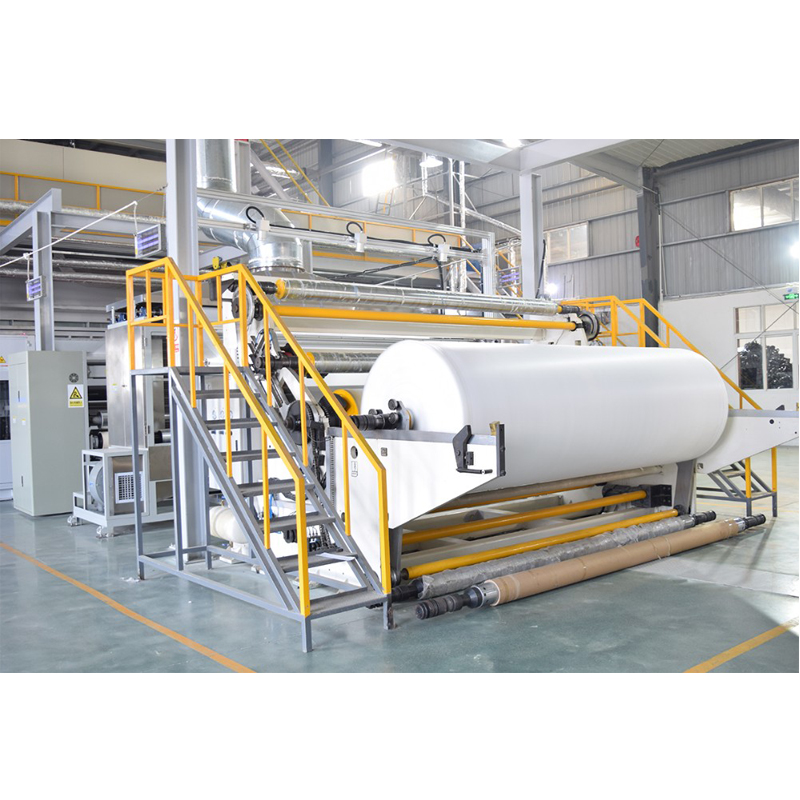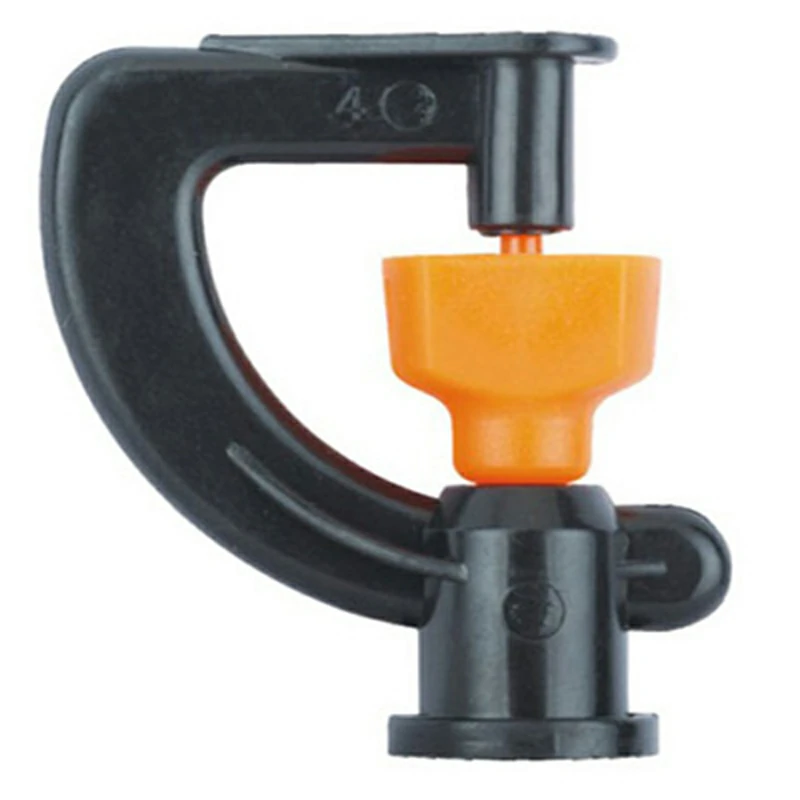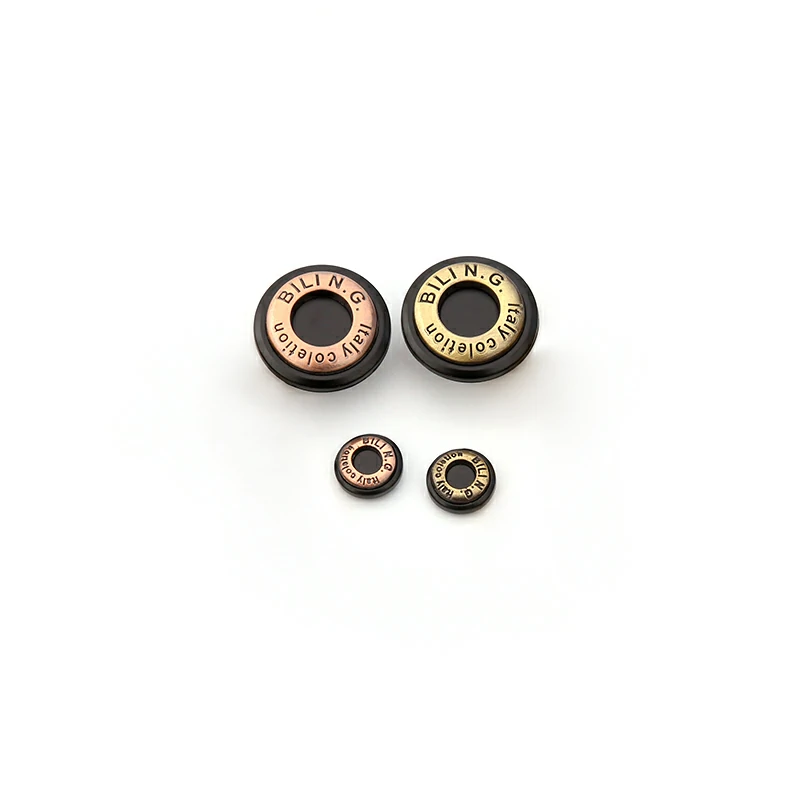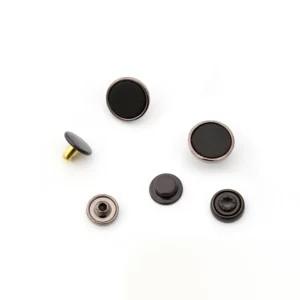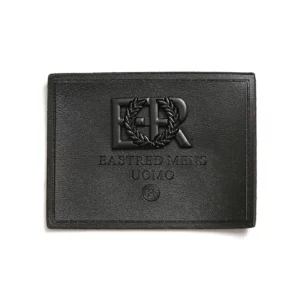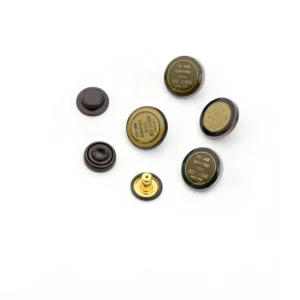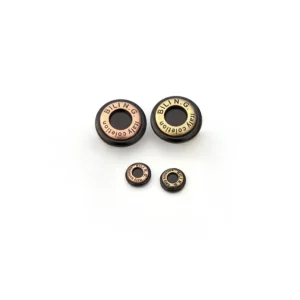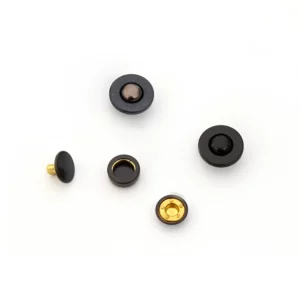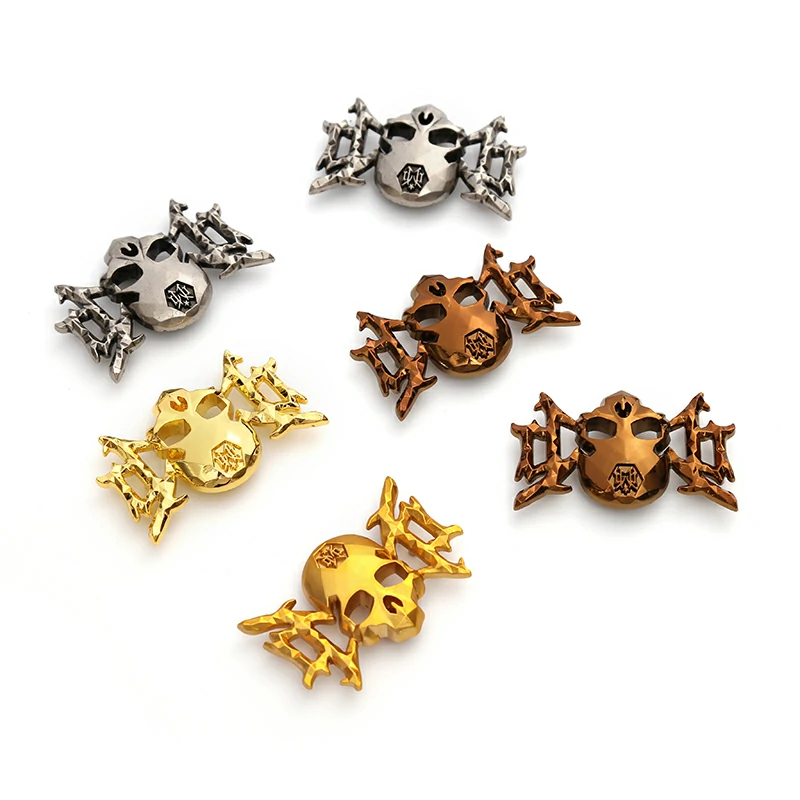Ensuring uniformity in material density is crucial for nonwoven fabric making machines to produce high-quality fabrics.
Here are several ways in which these machines ensure uniformity in material density:
- Precise Metering and Feeding Systems: Nonwoven fabric making machines are equipped with metering and feeding systems that accurately control the flow of raw materials. These systems ensure consistent material input, preventing variations in material density throughout the fabric.
- Uniform Web Formation Techniques: The process of web formation, such as carding, air-laying, or wet-laying, is designed to distribute fibers evenly across the fabric. By ensuring uniform web formation, nonwoven fabric making machines promote consistent material density throughout the fabric.
- Fiber Blending and Mixing: Some nonwoven fabric making machines allow for blending and mixing of different types of fibers to achieve desired properties. By blending fibers homogeneously, these machines ensure uniform material density in the final fabric.
- Calibration and Adjustment: Nonwoven fabric making machines are calibrated and adjusted to maintain precise processing parameters, such as line speed, air pressure, and temperature. These adjustments are crucial for controlling material density and ensuring uniformity in the fabric.
- Compactness and Compression Techniques: Certain nonwoven fabric making processes, such as needle punching or hydroentanglement, involve compacting and compressing the material to enhance cohesion and density. By applying controlled pressure, these techniques ensure uniform material density across the fabric.
- Real-time Monitoring and Control Systems: Advanced nonwoven fabric making machines are equipped with real-time monitoring and control systems that continuously monitor key parameters such as material thickness and density. nonwoven fabric making machine These systems adjust processing parameters dynamically to maintain uniformity in material density throughout production.
- Quality Assurance Measures: Nonwoven fabric making machines undergo rigorous quality assurance measures, including sampling, testing, and inspection of produced fabrics. By identifying any variations in material density, these measures ensure that only fabrics meeting quality standards are released for further processing or use.
- Operator Training and Expertise: Skilled operators are essential for operating nonwoven fabric making machines effectively. Proper training and expertise enable operators to monitor production processes, identify potential issues affecting material density, and take corrective actions as needed to maintain uniformity in the fabric.
By implementing these techniques and measures, nonwoven fabric making machines ensure uniformity in material density, resulting in high-quality fabrics with consistent properties and performance.
How does the China nonwoven fabric making machine handle changes in material elasticity or stretchability?
Nonwoven fabric making machines, including those manufactured in China, are designed to handle changes in material elasticity or stretchability to produce fabrics with consistent properties.
Here’s how they typically address variations in material elasticity or stretchability:
- Adjustable Tension Control: Nonwoven fabric making machines often feature adjustable tension control systems that regulate the tension applied to the material during processing. Operators can adjust tension settings to accommodate changes in material elasticity and ensure uniform stretching or relaxation of the fabric.
- Variable Speed Control: Some nonwoven fabric making machines offer variable speed control, allowing operators to adjust the speed of various components such as rollers, belts, or conveyors. By varying the speed, operators can control the stretching or relaxation of the material as it moves through the machine.
- Customizable Process Parameters: Nonwoven fabric making machines allow operators to customize process parameters such as temperature, pressure, and dwell time to suit the characteristics of different materials. By adjusting these parameters, operators can optimize the elasticity and stretchability of the fabric during production.
- Flexible Web Formation Techniques: Fabric making machines employ various web formation techniques such as carding, air-laying, or spunbonding, each of which affects the elasticity and stretchability of the resulting fabric. China nonwoven fabric making machine Operators can choose the most suitable web formation technique based on the desired properties of the fabric.
- In-line Monitoring and Feedback Systems: Advanced nonwoven fabric making machines may incorporate in-line monitoring and feedback systems that provide real-time data on material properties such as elasticity and stretchability. Operators can use this information to make immediate adjustments to process parameters and ensure consistent fabric quality.
- Hydroentanglement or Spunlacing: Hydroentanglement or spunlacing is a process that uses high-pressure water jets to entangle fibers and consolidate the fabric structure. This process can be adjusted to control the degree of entanglement and thus the elasticity and stretchability of the fabric.
- Needle Punching: Needle punching is a mechanical process that involves punching barbed needles through the fabric to interlace and consolidate the fibers. By adjusting the needle density and penetration depth, operators can control the elasticity and stretchability of the fabric.
- Quality Assurance and Testing: Nonwoven fabric making machines undergo rigorous quality assurance testing to ensure that they can handle changes in material elasticity and stretchability. Fabric samples are tested for elasticity, stretchability, and other mechanical properties to verify that they meet quality standards.
By implementing these features and practices, nonwoven fabric making machines manufactured in China can effectively handle changes in material elasticity or stretchability, resulting in fabrics with consistent properties and performance.
